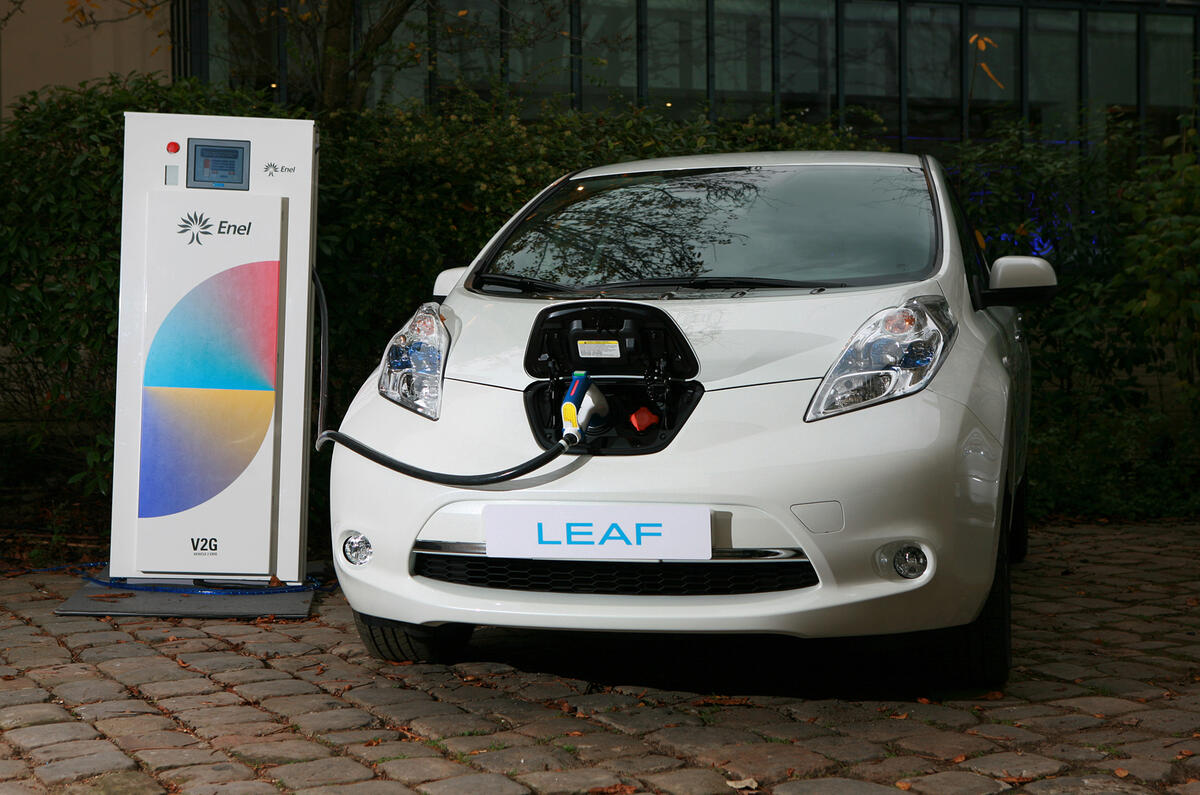Nissan has showcased its vision for an electric future at this year’s Geneva motor show.
Following a 12-month project in partnership with architect Foster and Partners, Nissan has announced that the fuel station of the future could simply be the car itself.
The use of technology, such as solar panels, wireless EV chargers and autonomous driving technology, could not only charge a car, but also enable the car to charge the home.
Cars could connect wirelessly to an underground electricity grid through specific points, with the power being generated from solar, wind and wave resources.
The vehicles can be left to park themselves into bays to charge overnight and will autonomously swap with other cars when charged. The car would then connect to the owner’s house, providing electricity to power the home.
The car maker is currently testing the vehicle-to-grid system across Europe, allowing cars to operate as individual ‘energy hubs’, which will be able to store, use or return clean energy to the grid.
London-based Foster and Partners has revealed a number of forward-thinking transport proposals, including unique pathways that sit above railway lines, creating a safer transport route for cyclists.
The Japanese manufacturer also recently announced it will use electric-vehicle technology to power its new Nissan office in France. The new building will have a 1 MWh energy storage system and will be powered by 64 Nissan Leaf second life EV batteries, combined with solar energy generation.
Watch Nissan's vision for an electric future:





Join the debate
Add your comment
Renewable energy
Please do not tell anybody about this cheap environmentally pure source of energy that I have tapped into. I fear the EU will insist I pay the fairies at least the minimum wage and provide a pension for them and comply with the working time directive laws.
I did try generating energy from connecting all the world's environmental activists together in a chain, in series, but I am sorry to report that nothing useful was obtained from this eperiment but there was a lot of hot air produced from the activists.
I hope you enjoyed my fantasy ramblings as much as I enjoyed those in the above article, has all the electro magnetic energy from a Nissan Leaf gone to the head of a certain Autocar journalist and prevented any logical thoughts in his brain?
While the idea seems kind of
motor and construction industry to make it work.
Now we are talking